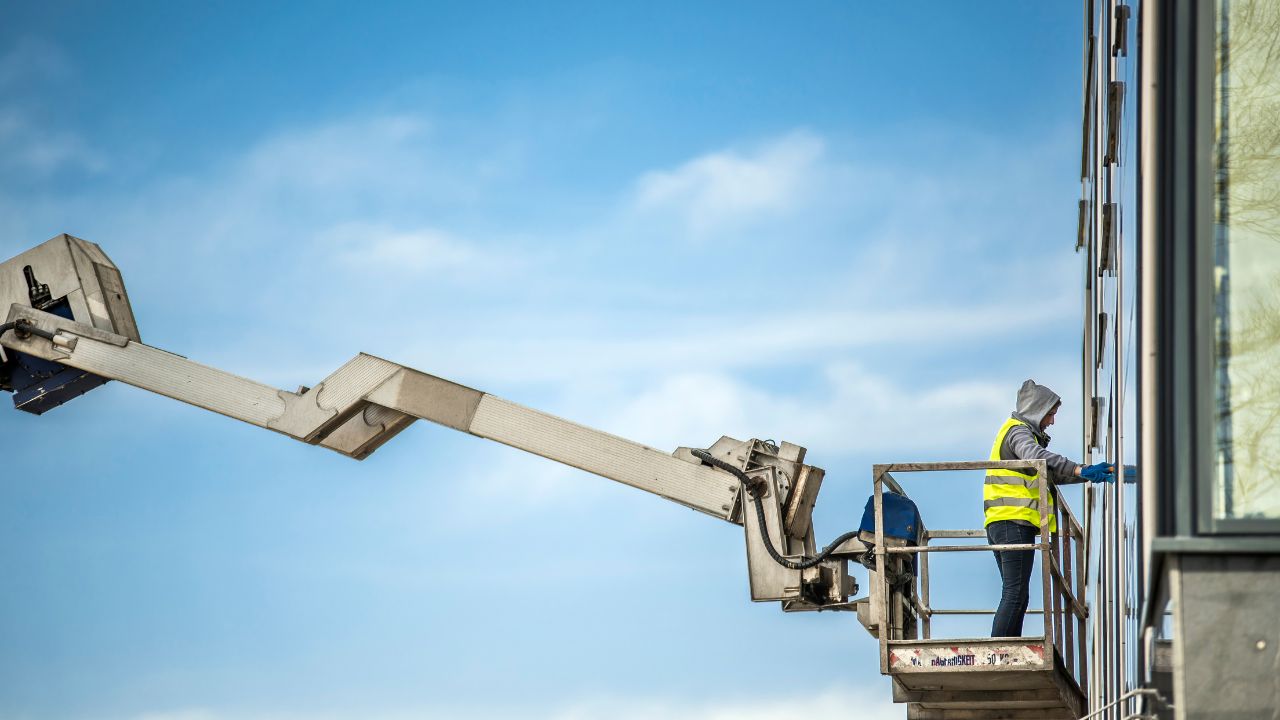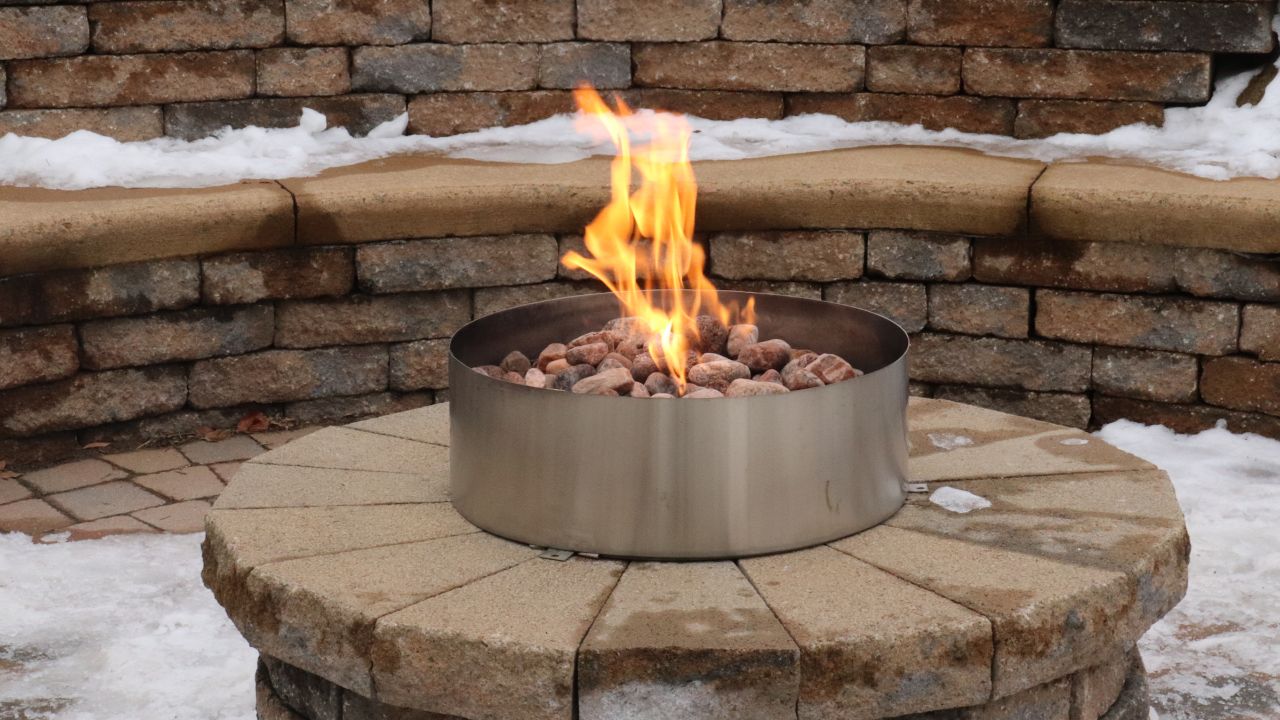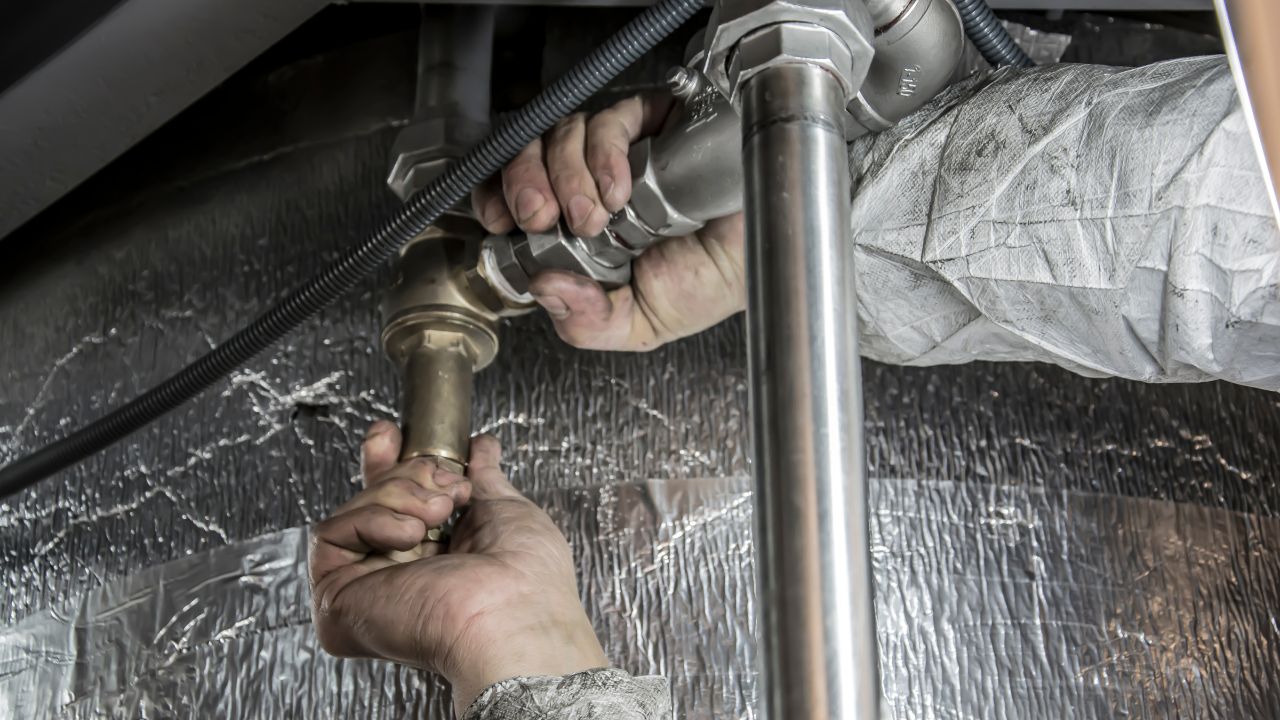When you think of large-scale construction firms, towering commercial buildings and mega infrastructure projects often come to mind. But did you know that PCL Construction also plays a significant role in residential housing? Whether you’re a homeowner, a real estate investor, or a community planner, understanding how a firm like PCL Construction operates in the residential space can help you make better decisions.
This blog provides a comprehensive overview of how PCL Construction adapts its expertise for residential projects. From project planning to sustainable building practices, we cover it all. If you’re looking to learn how industry giants approach home construction—or want a local partner like CozyCasa who shares those high standards—this is your go-to resource. Learn more about CozyCasa’s approach to housing development here.
Key Things to Know Before Exploring PCL’s Residential Projects
Understanding how PCL Construction handles residential work begins with some foundational context. From their legacy and business model to technology use and customization, these elements frame their approach.
PCL’s Legacy in the Canadian Construction Industry
With over a century in the construction business, PCL has built a vast array of projects across Canada. Though widely recognized for commercial and infrastructure ventures, PCL has also been involved in residential housing—especially in multi-family dwellings and sustainable community developments.
This historical experience ensures that their residential projects benefit from top-tier planning, risk management, and quality assurance—standards that are often missing in smaller firms. When you choose a builder informed by such legacy, you’re investing in excellence.
Employee Ownership as a Quality Driver
PCL Construction is 100% employee-owned, meaning every worker has a vested interest in the company’s success. This unique structure leads to a heightened focus on craftsmanship, client satisfaction, and long-term success—even in residential projects.
This commitment translates into consistent quality control, better communication with homeowners, and a proactive attitude toward solving construction challenges. It ensures that even a single-family home gets the same attention as a skyscraper.
Integration of Technology in Home Construction
PCL uses advanced technologies such as Building Information Modeling (BIM), drones, and project management software to streamline construction. These tools allow for enhanced planning, fewer errors, and better timelines—benefits that directly impact residential builds.
Homeowners get more transparency, fewer delays, and cost savings. Technologies that seem limited to massive builds are effectively scaled down for homes, adding precision and efficiency to the entire process. These systems also assist in real-time monitoring, which boosts accountability and improves coordination among all teams involved.
Sustainable Practices in Residential Projects
Sustainability is a core value at PCL. From using eco-friendly materials to building energy-efficient homes, their residential projects often meet or exceed green building standards such as LEED.
This eco-conscious mindset ensures healthier living environments, reduced energy bills, and future-ready homes. It’s an approach that also aligns well with CozyCasa’s sustainable development philosophy. Moreover, PCL actively engages in carbon offset initiatives and waste reduction strategies that benefit the environment and society at large.
Tailored Solutions for Diverse Residential Needs
While PCL handles large developments, they also excel in customizing solutions for unique residential requirements. Whether it’s affordable housing, luxury estates, or retirement communities, their flexible project delivery models can be adapted to suit specific goals.
Their expertise ensures every home is more than a structure—it’s a functional and enduring living space, tailored to the community’s needs. With a collaborative design approach, homeowners are empowered to shape their ideal living environment.
Top 10 Ways PCL Construction Works for Residential Homes
1. Preconstruction Planning and Budgeting
PCL begins every residential project with meticulous planning. This phase involves site analysis, budgeting, and identifying potential risks. It ensures homeowners and developers have a clear roadmap before construction begins.
Transparent cost estimation and timeline forecasting at this stage prevent budget overruns and unnecessary delays, giving clients confidence in the process. It also sets realistic expectations, which helps improve overall project satisfaction. Their analytical methods make planning smarter and more aligned with financial capabilities.
2. Design-Build Services
One of PCL’s strengths is its design-build model, where architecture and construction services are integrated. This approach minimizes communication gaps and accelerates project delivery.
Homeowners benefit from a more cohesive experience, where vision and execution are aligned from day one, resulting in fewer revisions and smoother workflows. It also reduces administrative overhead and creates a more collaborative environment. This seamless integration often leads to more creative and tailored home solutions.
3. Use of Modular Construction for Efficiency
In certain residential settings, PCL adopts modular construction techniques. This method involves fabricating components off-site and assembling them on-site, speeding up the building process.
It reduces material waste, labor costs, and construction time, making it ideal for residential developments that need to scale quickly without sacrificing quality. This method is also beneficial in remote areas with limited access to skilled labor. It promotes cleaner worksites and less neighborhood disruption.
4. Commitment to Safety and Compliance
Safety is a cornerstone of every PCL project. Their safety protocols extend to residential jobs, ensuring both workers and future occupants are protected throughout the build.
By complying with all building codes and maintaining rigorous safety audits, they provide peace of mind to homeowners and regulators alike. Safety training and equipment maintenance are prioritized at every stage. PCL’s track record in site safety is among the best in the industry.
5. Environmentally-Friendly Building Materials
PCL prioritizes sustainable sourcing, using recycled and non-toxic materials wherever possible. Their partnerships with eco-friendly suppliers further enhance their green credentials.
These choices not only reduce environmental impact but also contribute to healthier indoor air quality and long-term cost savings for homeowners. Green construction is not just a trend for PCL—it’s a responsibility. Their dedication to green innovation continues to influence industry standards.
6. Smart Home Integration and Modern Features
As part of their modern residential builds, PCL often incorporates smart technologies. Features like energy-efficient HVAC systems, smart lighting, and security solutions are integrated into new homes.
These smart additions offer convenience, better energy management, and increased property value—factors that today’s homebuyers prioritize. Home automation also adds a layer of safety and customization. Integration with mobile apps and voice-controlled systems is also becoming more standard.
7. Collaboration with Local Stakeholders
PCL works closely with local municipalities, architects, and contractors to align residential projects with community goals and zoning laws. This collaboration ensures smoother permit processes and greater community acceptance.
It also helps create homes that truly fit within the local context, making them more desirable and functional. Community input is valued during the design phase to ensure inclusive development. These efforts contribute to long-term urban harmony.
8. Transparent Client Communication
Clients are kept in the loop through every phase of the build. PCL utilizes digital tools and client portals to offer updates, share documentation, and gather feedback.
This transparency builds trust and allows clients to make timely decisions, reducing scope creep and improving satisfaction. PCL’s proactive communication model stands out in the construction sector. This also helps minimize misunderstandings and promotes client peace of mind.
9. Post-Construction Support and Warranty
PCL doesn’t walk away after handing over the keys. They provide robust post-construction support and warranties to address any issues that arise after occupancy.
This aftercare service ensures long-term homeowner satisfaction and adds an extra layer of trust and reliability. Maintenance support and defect resolution are part of their service guarantee. A dedicated support team helps clients navigate post-move-in issues seamlessly.
10. Community-Centered Residential Developments
Beyond individual homes, PCL is involved in developing entire residential communities with integrated parks, schools, and other amenities. These master-planned developments enhance quality of life.
Their holistic approach ensures not just a house, but a thriving, well-connected neighborhood where residents can flourish. These projects often become benchmarks for smart urban planning. Their master plans often include shared green spaces, cycling paths, and accessible public transport options.
Why Choose CozyCasa for Your Residential Projects?
While PCL Construction offers a large-scale, technology-driven approach, CozyCasa delivers tailored, community-first residential solutions in Canada. We draw inspiration from industry leaders like PCL but focus intently on personalization, local engagement, and superior client service.
From single-family homes to community housing, our passion lies in creating spaces that feel like home. With sustainability, transparency, and excellence at our core, CozyCasa is your ideal partner in building the perfect living environment. Discover our process and residential portfolio here.
Conclusion
PCL Construction brings world-class quality, innovation, and responsibility to the residential housing sector. From smart home features and sustainability to efficient project management, their approach can serve as a benchmark for excellence in residential construction.
However, if you’re looking for a partner who blends these high standards with localized knowledge and personalized service, CozyCasa is your go-to choice. Together, we can bring your dream home or community to life with the care and quality it deserves. Get in touch with us today and start building a home that reflects your lifestyle and values.
FAQs
- Does PCL Construction build residential homes?
Yes, particularly multi-family dwellings and community housing projects. - How does PCL integrate sustainability into homes?
They use eco-friendly materials and energy-efficient designs. - Is modular construction used by PCL?
Yes, especially for quicker and cost-effective residential builds. - What makes PCL’s design-build model effective?
It integrates design and construction for faster, smoother execution. - Are smart technologies included in PCL homes?
Yes, features like smart lighting and HVAC are common. - How does PCL ensure residential project safety?
By implementing rigorous safety protocols and audits. - What kind of warranty does PCL offer for homes?
Comprehensive post-construction support and warranty services. - How does PCL work with local communities?
They collaborate with local contractors and planners. - What kind of residential projects does PCL handle?
From single homes to entire residential communities. - How is CozyCasa different from PCL?
CozyCasa offers personalized, local solutions inspired by top industry practices.


